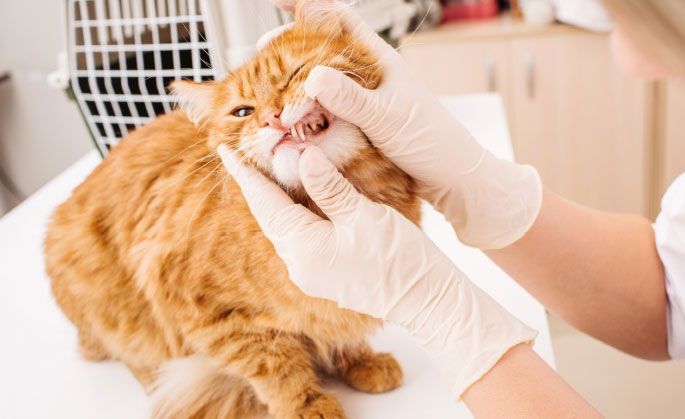Mites
Mites are small parasites that can live on, or in your pet’s skin.
Demodex
Demodex mites are actually a normal inhabitant of your dog’s skin. These mites live in the hair follicles of dogs and are passed from the mother to her pups during nursing. The dog’s immune system normally controls the number of mites, so that they cause no harm. Dogs can develop signs of disease if their immune system is unable to control the mite population. This most commonly occurs in young or malnourished dogs, or those with other diseases that compromise their immune system. Signs of disease due to Demodex mites include hair loss, thickening of the skin, and skin infections. Cats have their own species of Demodex, however signs of disease are much less common in cats compared to dogs.
Sarcoptes
Sarcoptes mites not only affect dogs, but can also be transmitted to humans. The mites easily pass from an infested dog to other dogs that are in close contact. Sarcoptes mites burrow into the skin, leading to intense itching, hair loss, and skin infections. Confirming a diagnosis of Sarcoptes mites can be difficult as the mites live within the skin. Your vet may need to examine a skin scraping under the microscope to identify the mites.
Ear Mites
As their name suggests, ear mites inhabit the ear canals and surrounding skin. Ear mite infestations can occur in dogs and cats, but infestation is more common in cats. Signs of infestation typically include skin irritation; scratching around the ears, head and neck; head shaking; the presence of an ear discharge that is dark and waxy (resembling coffee grounds) and an unpleasant odour from the ears. Your vet can diagnose ear mites by looking at a sample from the ear canal under the microscope.
Please contact us to discuss options to protect your pet against mites.











